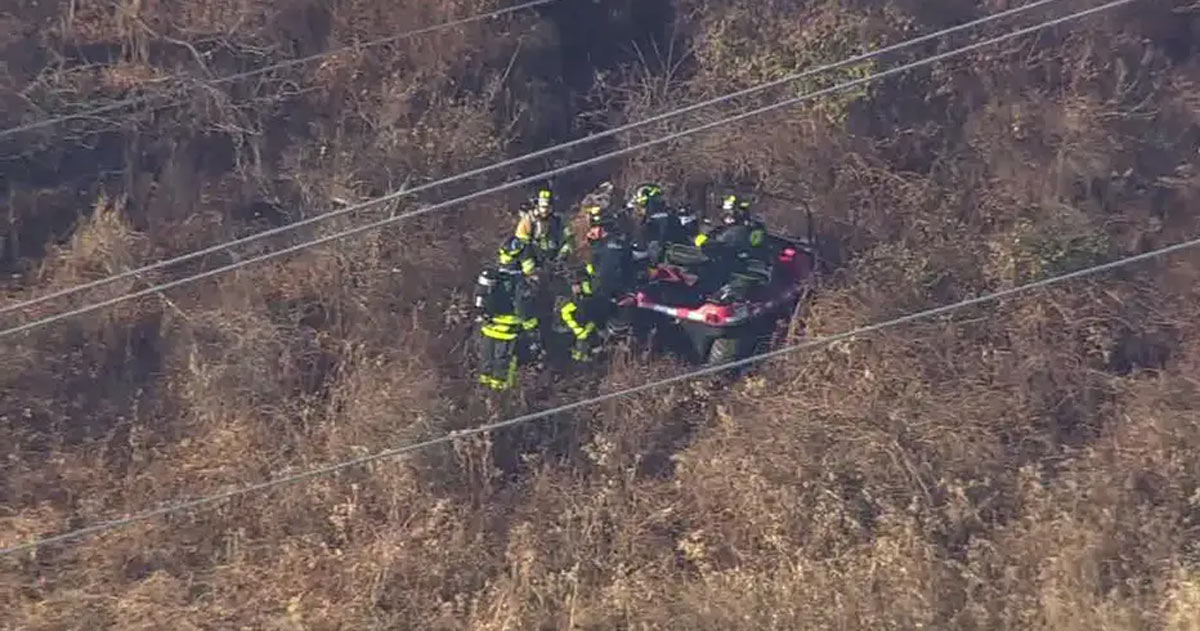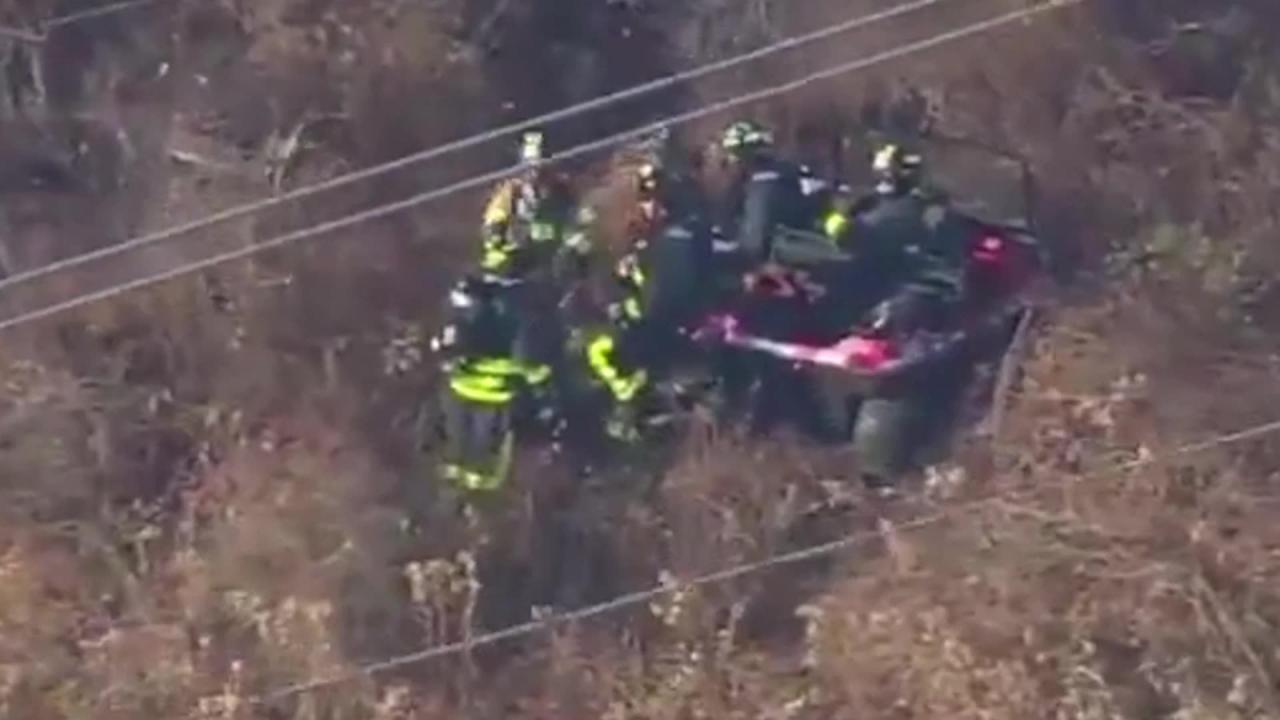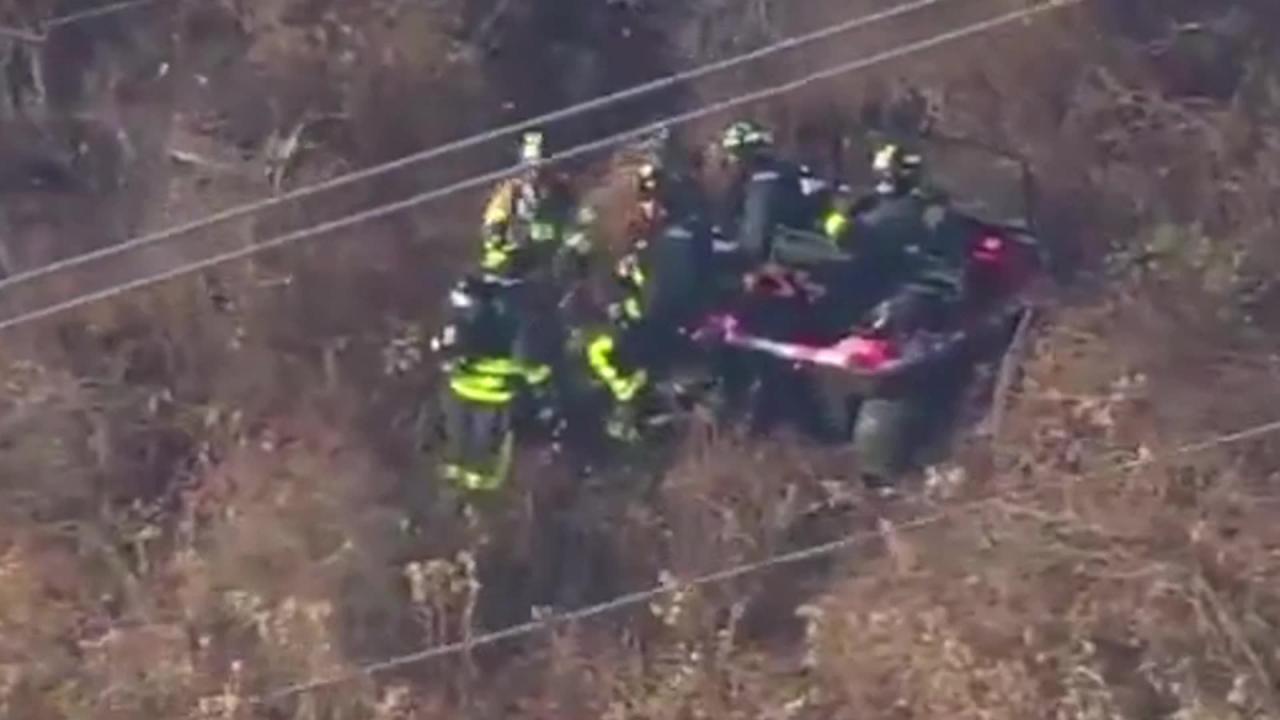Drone crashes in New Jersey are a growing concern, demanding attention to safety protocols and regulatory frameworks. This exploration delves into recent incidents, examining causes, impacts, and potential preventative measures to mitigate future risks. The increasing popularity of drones for both recreational and commercial purposes necessitates a comprehensive understanding of the challenges involved in safe operation.
We will analyze data on recent crashes, highlighting trends and geographical patterns. Furthermore, we’ll examine the multifaceted impact of these incidents, considering economic losses, potential injuries, and environmental consequences. The discussion will also cover existing regulations, emphasizing the importance of responsible drone operation and outlining effective safety strategies.
Recent Drone Crashes in New Jersey
The increasing popularity of drones in New Jersey has unfortunately been accompanied by a rise in reported crashes. This section details recent incidents, explores contributing factors, and examines the impact of these events on the state.
Significant Drone Crash Incidents
The following table summarizes five of the most significant drone crashes reported in New Jersey over the past three years. Note that detailed information on drone crashes is not always publicly available due to privacy concerns and ongoing investigations.
| Date | Location | Brief Description | Reported Cause |
|---|---|---|---|
| October 26, 2022 | Ocean County, NJ | Drone collided with a power line, causing a brief power outage. | Operator error (reportedly due to loss of visual contact) |
| June 15, 2023 | Essex County, NJ | Drone crashed into a residential building, causing minor damage to the roof. | Mechanical failure (suspected malfunction of the drone’s motor) |
| March 8, 2023 | Bergen County, NJ | Drone fell from the sky during a flight, landing in a wooded area. No injuries reported. | Unknown |
| December 2, 2022 | Middlesex County, NJ | Drone crashed into a parked vehicle, causing minor damage to the vehicle’s windshield. | Strong winds (exceeded safe operating limits) |
| August 18, 2021 | Monmouth County, NJ | Drone experienced a mid-flight battery failure, resulting in a crash into a field. | Battery failure |
Timeline of Drone Crashes
A comprehensive timeline of reported drone crashes in New Jersey over the past five years reveals a gradual increase in incidents, particularly in densely populated areas. This trend likely reflects the growing popularity of drone usage for recreational and commercial purposes. Further analysis is needed to determine the precise correlation between drone usage and crash rates.
Geographical Distribution of Drone Crashes
A geographical map visualizing drone crash locations in New Jersey over the past five years would show a concentration of incidents in and around major urban centers such as Newark, Jersey City, and the surrounding suburbs. The map would utilize a color-coded system, with darker shades indicating areas with a higher frequency of crashes. Key elements would include markers indicating individual crash sites and potentially a heatmap overlay to emphasize areas of high crash density.
Coastal areas might also show a higher incidence due to potential interference from sea breezes and proximity to water.
Causes of Drone Crashes in New Jersey
Several factors contribute to drone crashes in New Jersey. Understanding these causes is crucial for implementing effective safety measures.
Common Causes of Drone Crashes

- Mechanical failure: Malfunctioning components such as motors, propellers, or electronic systems.
- Operator error: Inadequate pilot training, loss of control, poor judgment, or disregarding safety guidelines.
- Weather conditions: Strong winds, heavy rain, snow, or fog can significantly impact drone stability and control.
- Wildlife interference: Birds or other animals colliding with the drone during flight.
- GPS interference or signal loss: Loss of GPS signal can lead to disorientation and uncontrolled flight.
- Battery failure: Depleted or malfunctioning batteries can cause sudden power loss.
Comparison with National Statistics
While precise comparative data requires further research, anecdotal evidence suggests that the causes of drone crashes in New Jersey are largely consistent with national trends. Operator error and mechanical failure remain the most prevalent factors across the country. However, specific regional variations, such as the impact of weather patterns or unique geographical features, might influence the relative frequency of certain causes.
Recent drone crashes in New Jersey have raised concerns about safety and regulations. One particularly noteworthy incident involved a drone that was reportedly shot down, as detailed in this news report: drone shot down in nj. This incident highlights the complexities surrounding drone operation and the need for increased awareness to prevent further accidents and unauthorized drone activity leading to more crashes in New Jersey.
Flowchart Illustrating Operator Error

A flowchart illustrating the sequence of events leading to a drone crash due to operator error would typically begin with a lack of proper pre-flight checks, progress through stages of ignoring weather warnings, improper flight planning, and finally culminating in loss of control and a crash.
Impact of Drone Crashes in New Jersey
Drone crashes can have significant consequences, ranging from minor property damage to serious injuries and environmental harm. Understanding the potential impact is critical for effective risk mitigation.
Potential Consequences of Drone Crashes
The severity of consequences varies greatly depending on the circumstances of the crash. This includes the size and type of drone, the location of the crash, and the presence of bystanders or property.
Economic Impact of Drone Crashes
Drone crashes result in substantial economic losses. These include repair or replacement costs for the drone itself, potential property damage claims, insurance payouts, legal fees, and potential loss of income for commercial drone operators.
Impact Severity Table
| Severity | Property Damage | Personal Injury | Environmental Impact |
|---|---|---|---|
| Minor | Minor damage to drone; minimal or no damage to other property. | None or minor scrapes/bruises. | Negligible. |
| Moderate | Significant damage to drone; moderate damage to property (e.g., damaged fence, broken window). | Moderate injuries requiring medical attention. | Potential for minor environmental disturbance (e.g., disruption of a small area of vegetation). |
| Major | Extensive damage to drone; major damage to property (e.g., structural damage to a building). | Serious injuries or fatalities. | Significant environmental damage (e.g., pollution, habitat destruction). |
Regulations and Safety Measures

Strict adherence to regulations and proactive safety measures are essential for minimizing the risk of drone crashes.
Drone Operation Regulations in New Jersey
- Registration of drones with the FAA (Federal Aviation Administration) is required for most drones weighing over 0.55 pounds.
- Operators must maintain visual line of sight with their drones at all times.
- Flying near airports or other restricted airspace is prohibited without proper authorization.
- Specific regulations may apply to commercial drone operations, including obtaining necessary permits and licenses.
- Adherence to FAA’s Part 107 regulations for commercial drone operations is mandatory.
Safety Measures for Drone Operators
Implementing the following safety measures significantly reduces the likelihood of crashes.
- Conduct thorough pre-flight checks of the drone and its components.
- Check weather conditions before and during flight to ensure safe operating parameters are met.
- Plan flight paths carefully, avoiding obstacles and restricted airspace.
- Maintain a safe distance from people and property during operation.
- Never operate a drone while impaired or distracted.
Reporting a Drone Crash
- Assess the situation and ensure the safety of yourself and others.
- Contact local emergency services (911) if necessary.
- Report the incident to the FAA using their online reporting system.
- If property damage or injuries occurred, contact the relevant authorities (police, property owner).
- Gather any evidence (photos, videos) related to the incident.
Future Implications and Prevention Strategies
As drone usage continues to grow, proactive measures are crucial to mitigate future risks.
Future Implications of Increased Drone Usage, Drone crashes in new jersey
The increasing integration of drones into various sectors (delivery, infrastructure inspection, photography) necessitates robust safety protocols to prevent accidents and maintain public trust. The potential for more complex drone operations and increased drone density raises concerns about airspace management and collision avoidance.
Preventative Measures
- Improved operator training programs emphasizing risk assessment and emergency procedures.
- Technological advancements such as advanced obstacle avoidance systems and automated flight controls.
- Stricter regulations and enforcement to ensure compliance with safety standards.
- Development of drone traffic management systems to regulate airspace and prevent collisions.
- Public awareness campaigns to educate drone users about safe operating practices.
Scenario and Prevention
Imagine a scenario where a delivery drone malfunctions due to a software glitch during a nighttime flight over a densely populated area. The drone crashes into a building, causing minor damage and disrupting power lines. However, if the drone had been equipped with a more reliable failsafe system and the operator had adhered to stricter nighttime flight restrictions, the incident could have been prevented.
Ultimately, addressing the issue of drone crashes in New Jersey requires a multi-pronged approach. Stricter adherence to existing regulations, combined with enhanced operator training and technological advancements, can significantly reduce the frequency of accidents. By proactively implementing preventative measures and fostering a culture of responsible drone operation, we can strive towards a safer airspace for both drones and the public.
FAQ Resource
What is the FAA’s role in drone regulation in New Jersey?
The Federal Aviation Administration (FAA) sets national standards for drone operation, which New Jersey must adhere to. State-specific regulations may also exist.
What type of insurance is required for drone operation in New Jersey?
Insurance requirements vary depending on the use of the drone (commercial vs. recreational). Commercial operators generally need liability insurance. Consult with an insurance professional for specific requirements.
Recent reports highlight a concerning increase in drone-related incidents across New Jersey. Understanding the causes behind these malfunctions is crucial for improving safety regulations. For more detailed information on specific cases and their impact, you can refer to this comprehensive report on drone crashes in New Jersey. Analyzing these incidents helps us develop preventative measures and ensure responsible drone operation within the state.
Where can I report a drone crash in New Jersey?
Report drone crashes to local law enforcement and potentially the FAA, depending on the severity and circumstances of the incident.
Are there any specific no-fly zones in New Jersey for drones?
Yes, numerous areas are restricted, including airports, military bases, and certain sensitive locations. Check the FAA’s B4UFLY app or website for up-to-date information.
